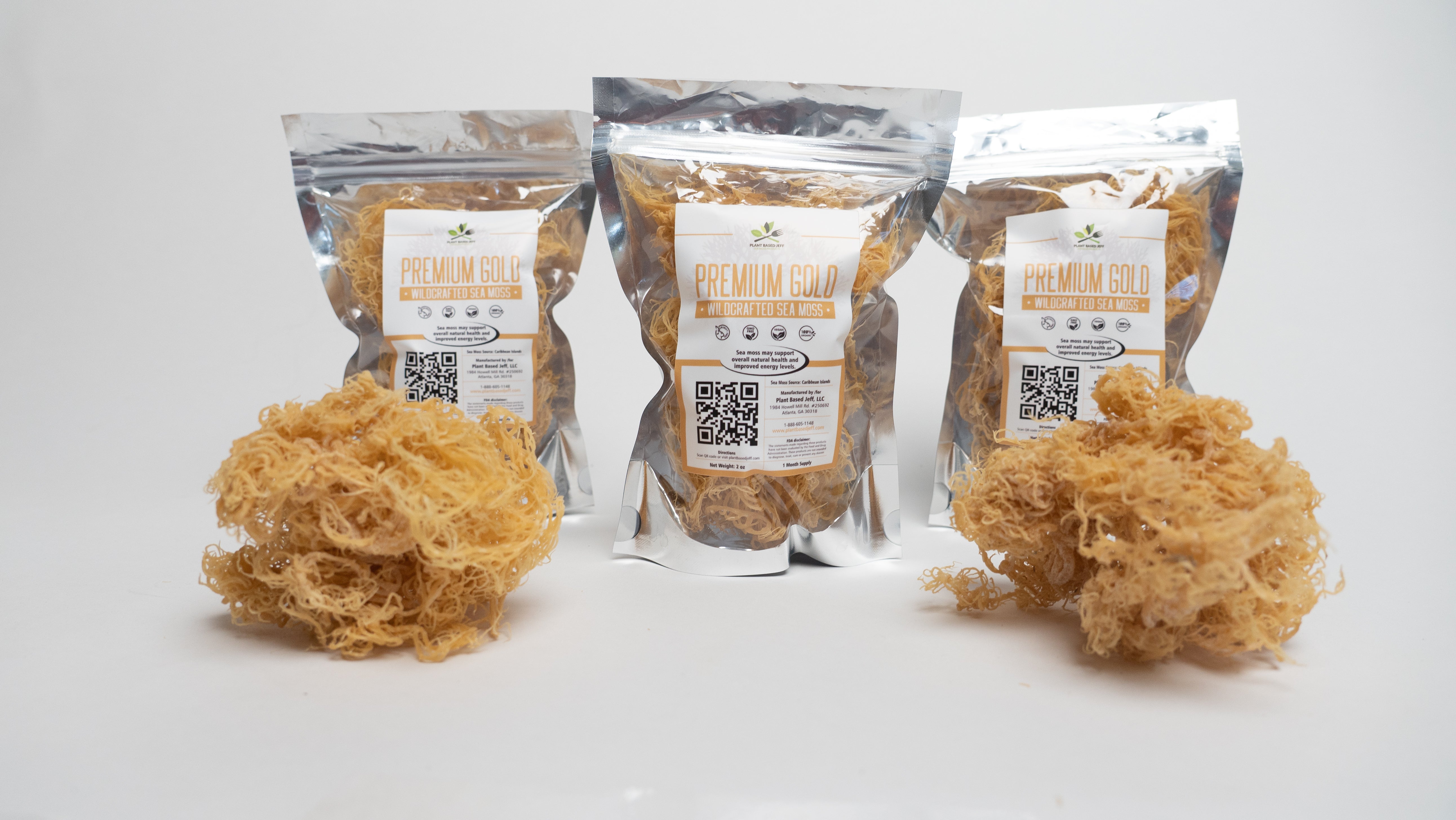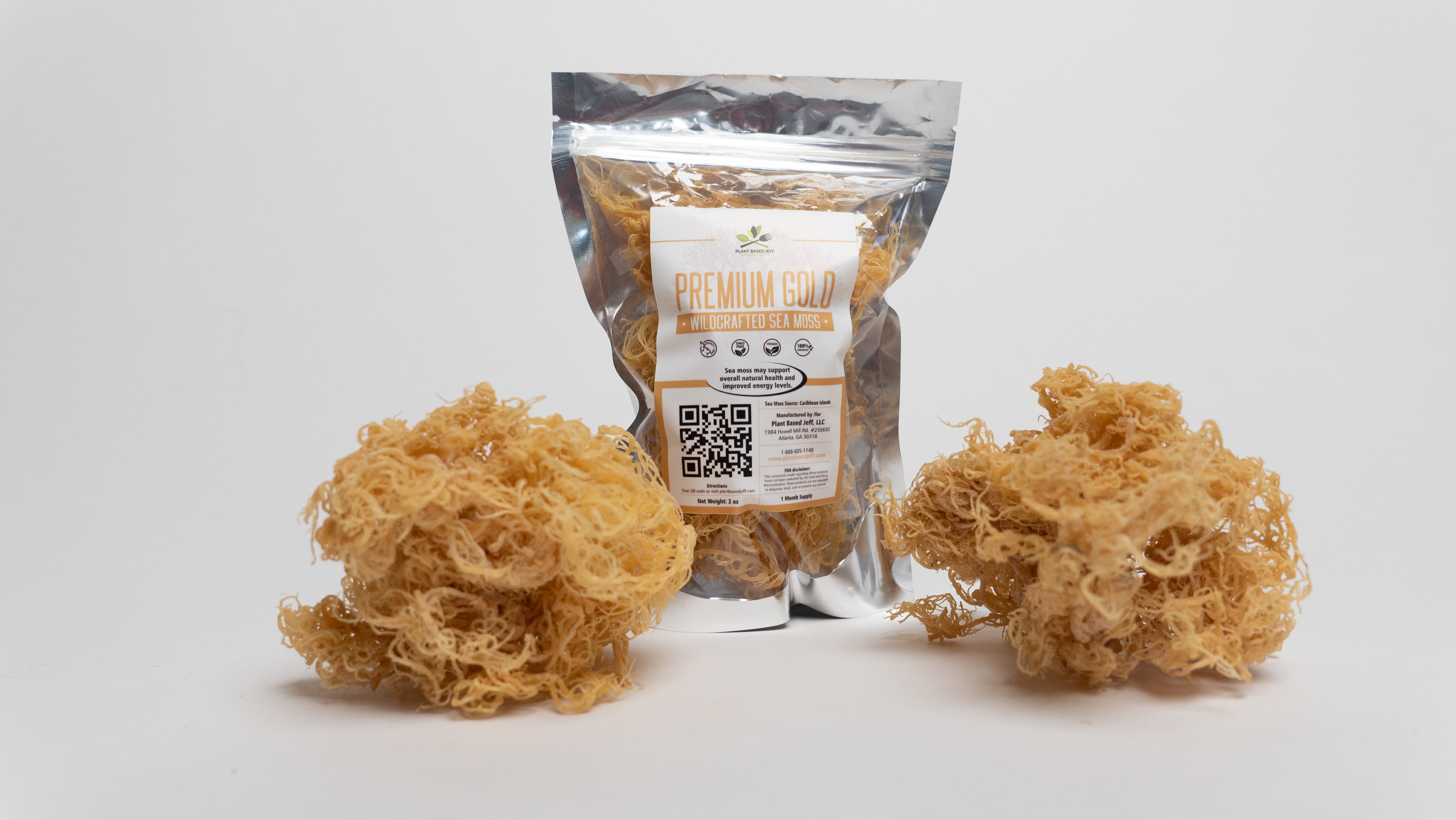
Wonders of Wild Sea Moss Part 1: How to Harvest It
Beaches and oceans are home to diverse species of flora and fauna. Sea plants, such as seaweed, kelp, and sea grasses, provide food and shelter for diverse marine species. These plants also play essential roles in the marine ecosystem, providing oxygen, reducing carbon dioxide levels, and providing food for animals such as fish, crabs, and other marine life.
One specific kind of sea plant, called sea moss, is a type of red algae in the ocean. It’s a source of nutrition for many marine species, as well as humans. Sea moss health benefits include being high in minerals like calcium, magnesium, and potassium. It’s known to help with digestion, skin health, and even thyroid health.
Farmed vs. Wild Sea Moss
Wild sea moss is harvested directly from the ocean and is usually found in its natural habitat. It’s nutrient-dense since it is exposed to the ocean's natural elements. Wild sea moss may also contain more toxins and pollutants, so it must be thoroughly washed and processed before consumption.
Farmed sea moss is grown in controlled conditions, such as in tanks or ponds, and is farmed using artificial means. It’s usually less nutrient-dense than wild sea moss, but it is still a healthy and nutritious food source.
How Do You Tell Sea Moss From Other Sea Plants?
Sea moss can be easily distinguished from other sea plants by its thick, rubbery texture and long, stringy strands. It is typically dark green and has a slimy feel when wet. Sea moss is also known for its salty, briny taste and ability to swell up when submerged in water.
Sea moss can also be differentiated from other sea plants by its unique shape and size. Its long, thin strands typically measure 10 to 20 inches in length, and it has a fan-like shape with a distinct "spine" running down the center. Sea moss has a unique, hollow center filled with a jelly-like substance. These features make it easy to tell sea moss apart from other sea plants.
Provided that you understand what it takes to consume wild sea moss properly, it's a good idea to harvest it from your nearby coasts. Here are five things you need to do when looking for wild sea moss.
1. Look at the Shape
Sea moss has a frilly, leafy appearance and is often found in a fan-like shape. Other sea plants have more linear or bulbous shapes.
2. Check for Color
Sea moss is usually dark green, brown, or reddish, while other sea plants may be more yellow or green.
3. Feel the Texture
Sea moss is soft and slimy, while other sea plants may be more rigid or prickly.
4. Examine the Leaves
Sea moss has small, thin leaves, while other sea plants may have larger, thicker leaves.
5. Identify the Species
Sea moss is a specific type of red algae, while other sea plants can be different species of algae, seaweed, or even coral.
Conclusion
Harvesting wild sea moss can be a great way to partake in the natural bounty of the ocean and add a nutrient-rich addition to your diet. When done responsibly, it can help maintain the delicate balance of marine ecosystems and provide a sustainable source of food and nutrition.
Be sure to research the regulations and guidelines for harvesting wild sea moss in your area, and always be aware of the potential impacts of your actions on the environment. Tune in for part 2 of this blog series!
Plant Based Jeff gives you the opportunity to live a healthier life by teaching the wonders of plant based diet for beginners. We’re also the best resource for sea moss health benefits. Browse our shop today to learn more.


Leave a comment
This site is protected by hCaptcha and the hCaptcha Privacy Policy and Terms of Service apply.